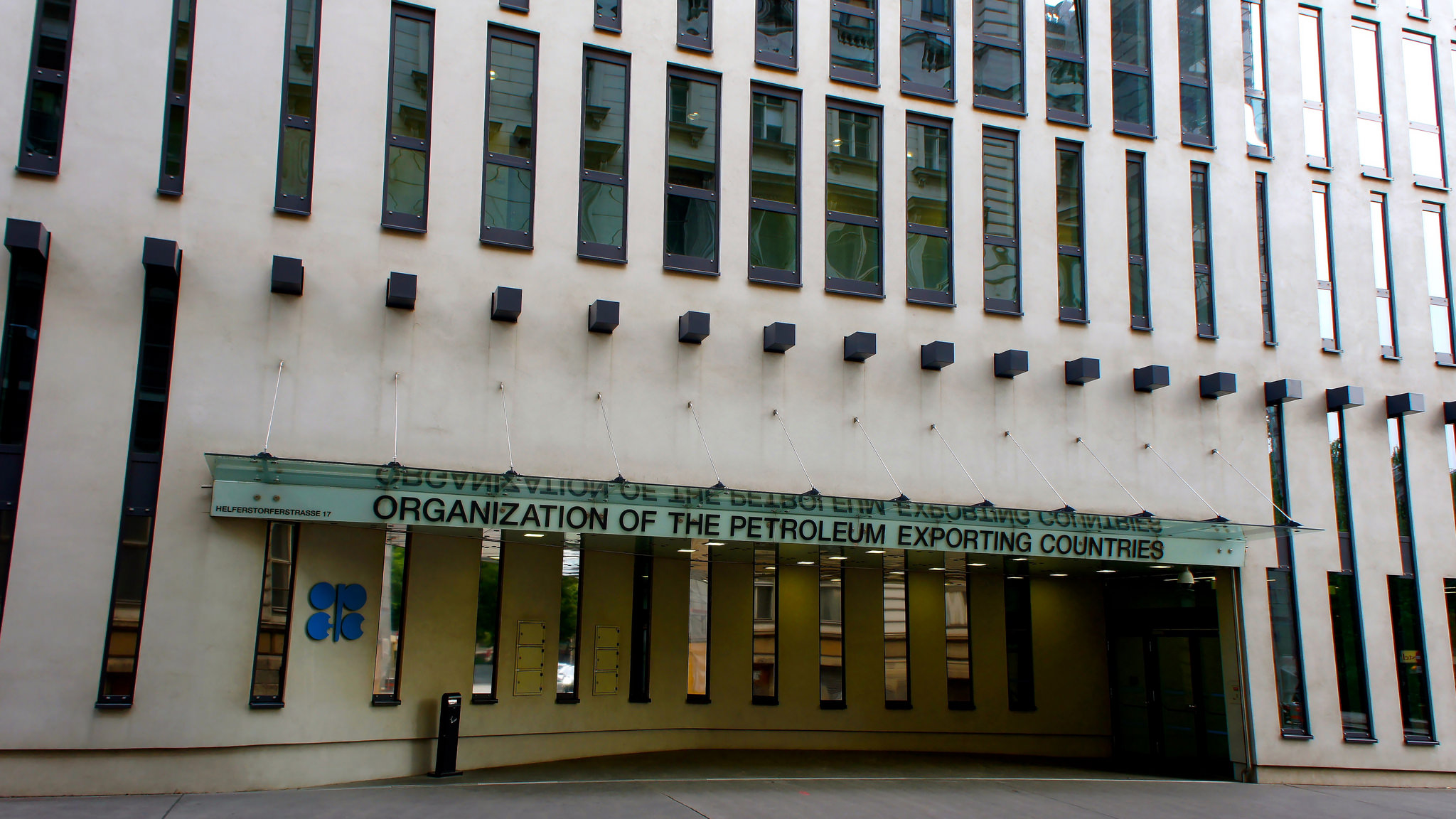Iran continues to remain a top performer in a global deal to cut oil supplies as data by OPEC showed the country pump around 3.82 million barrels per day for a second consecutive month in September.
Iran produced 3.827 million barrels of oil a day last month, up 900 barrels compared to August, OPEC said in its latest monthly report on Wednesday, citing secondary sources.
The Organization of Petroleum Exporting Countries and non-members have agreed to scale down production by 1.8 million bpd through the first quarter of 2018. Under the agreement, Iran is required to produce an average of 3.8 million barrels daily.
Tehran's own data was not far off OPEC's calculations. The No.3 OPEC producer told the organization that it ramped up production by about 3,000 bpd to 3.848 million barrels a day in September.
OPEC uses two sets of figures to monitor its output - figures provided by each country, and secondary sources which include industry media.
The biggest additions came from Libya (53,900 bpd) and Nigeria (50,800 bpd) whose production has been hit by internal strife in recent months. OPEC's second-largest producer Iraq also ramped up production by 31,600 to 4.49 million barrels last month. Saudi Arabia, the group's de facto leader who is responsible for 40% of all OPEC cuts, pumped 9.97 million bpd last month, almost unchanged from the previous month, the sources said.
Additional supplies outweighed cuts as 14 OPEC nations pumped an average of 32.75 million bpd in September, an increase of 88,000 bpd over the previous month, according to secondary sources. September marked OPEC's second-largest monthly supply this year.
OPEC forecast non-OPEC oil supply to grow by 0.7 million bpd in 2017 but lowered its supply outlook for 2018 by 60,000 bpd to 0.9 million bpd. Demand will grow by 1.5 million bpd this year and continue to rise by 1.4 million bpd in 2018, OPEC said.
The report added that Iran Heavy, one of the country's main export grades, settled up 7.3% at $52.27 in September from the previous month, reaching an average of $49.6 in 2017.
Oil prices were supported in September by "increasing evidence that the oil market is heading toward rebalancing, geopolitical tensions in Iraq’s Kurdistan region and lower distillate stocks ahead of the winter season," the report said.


